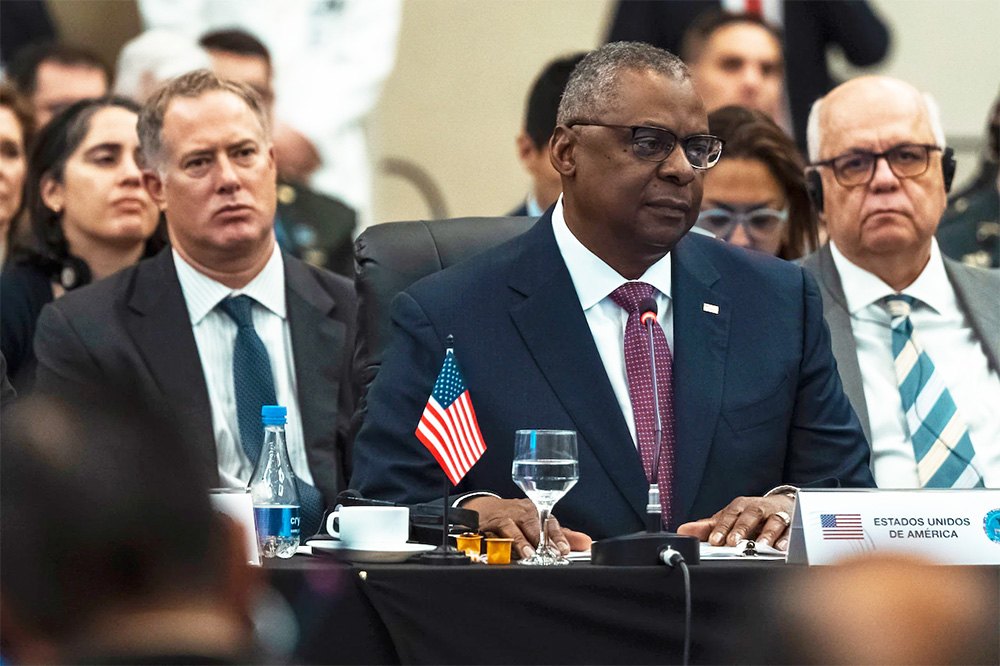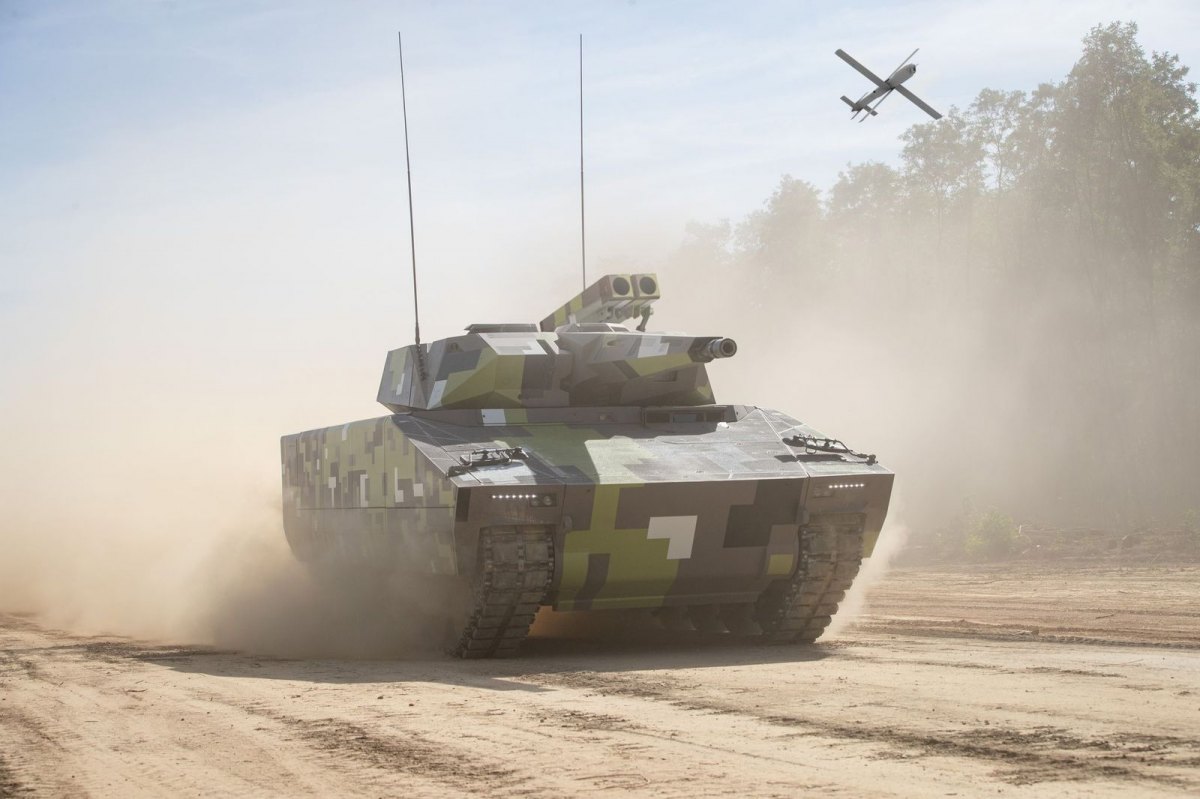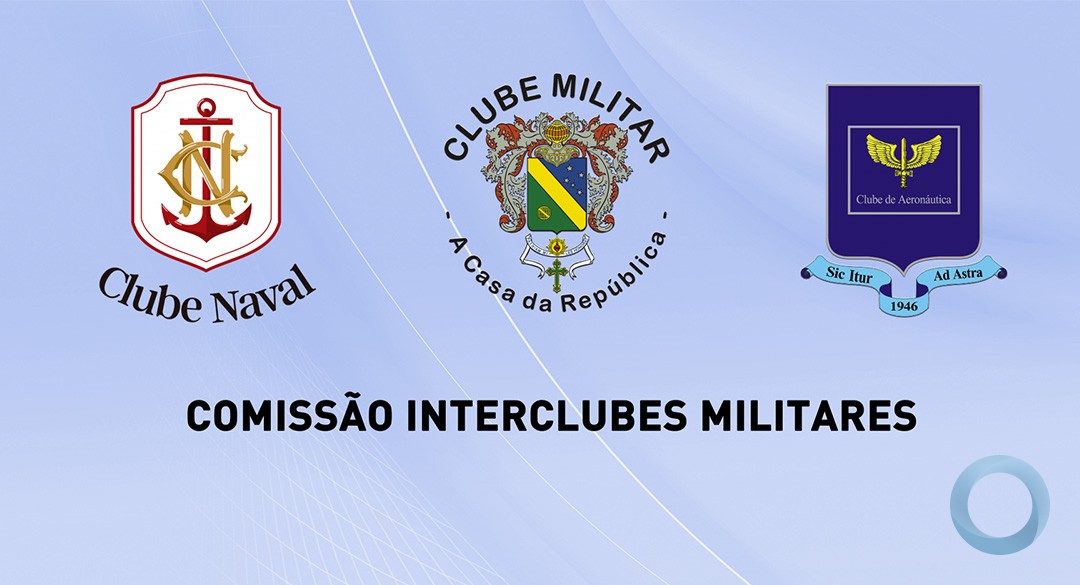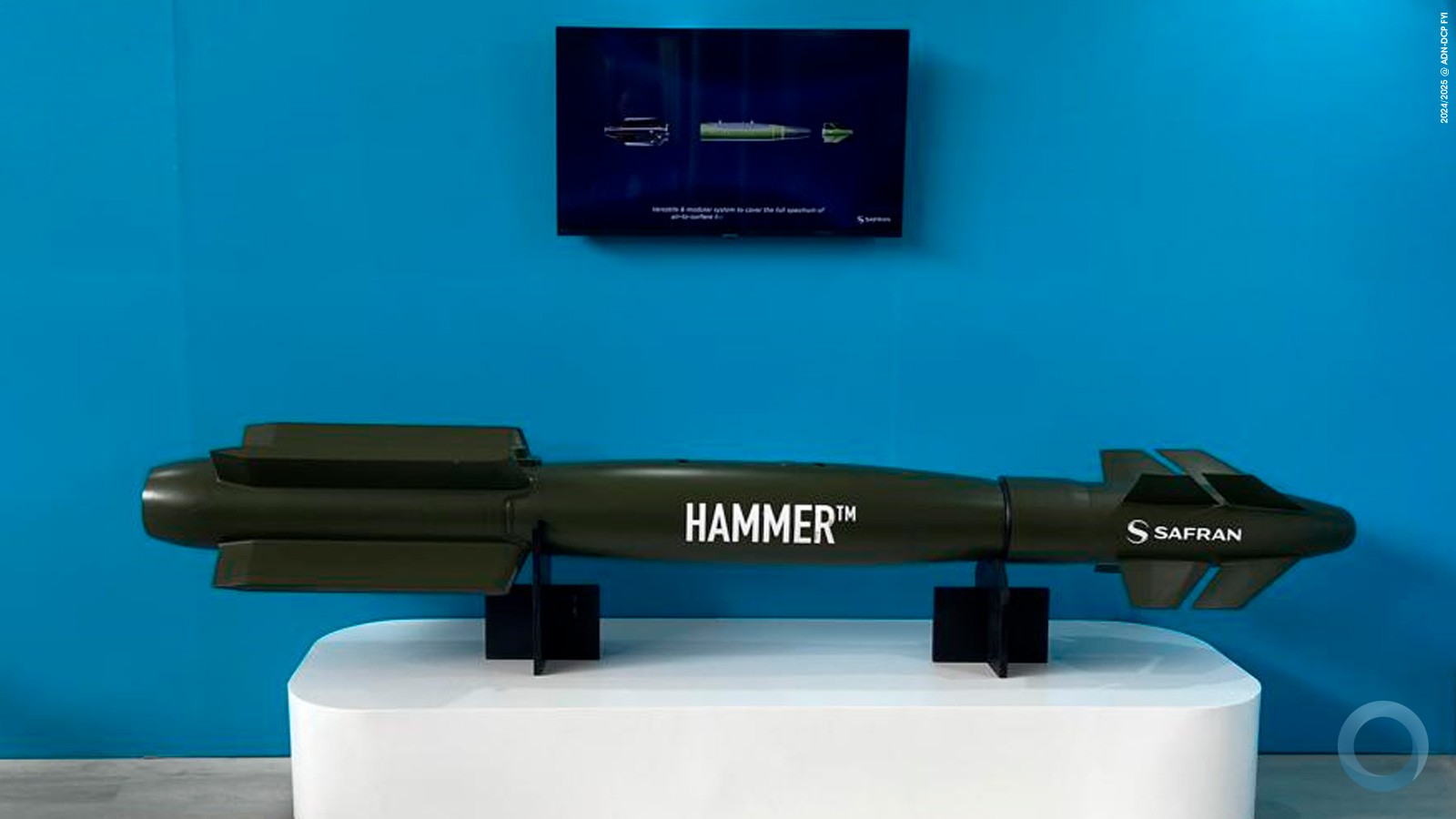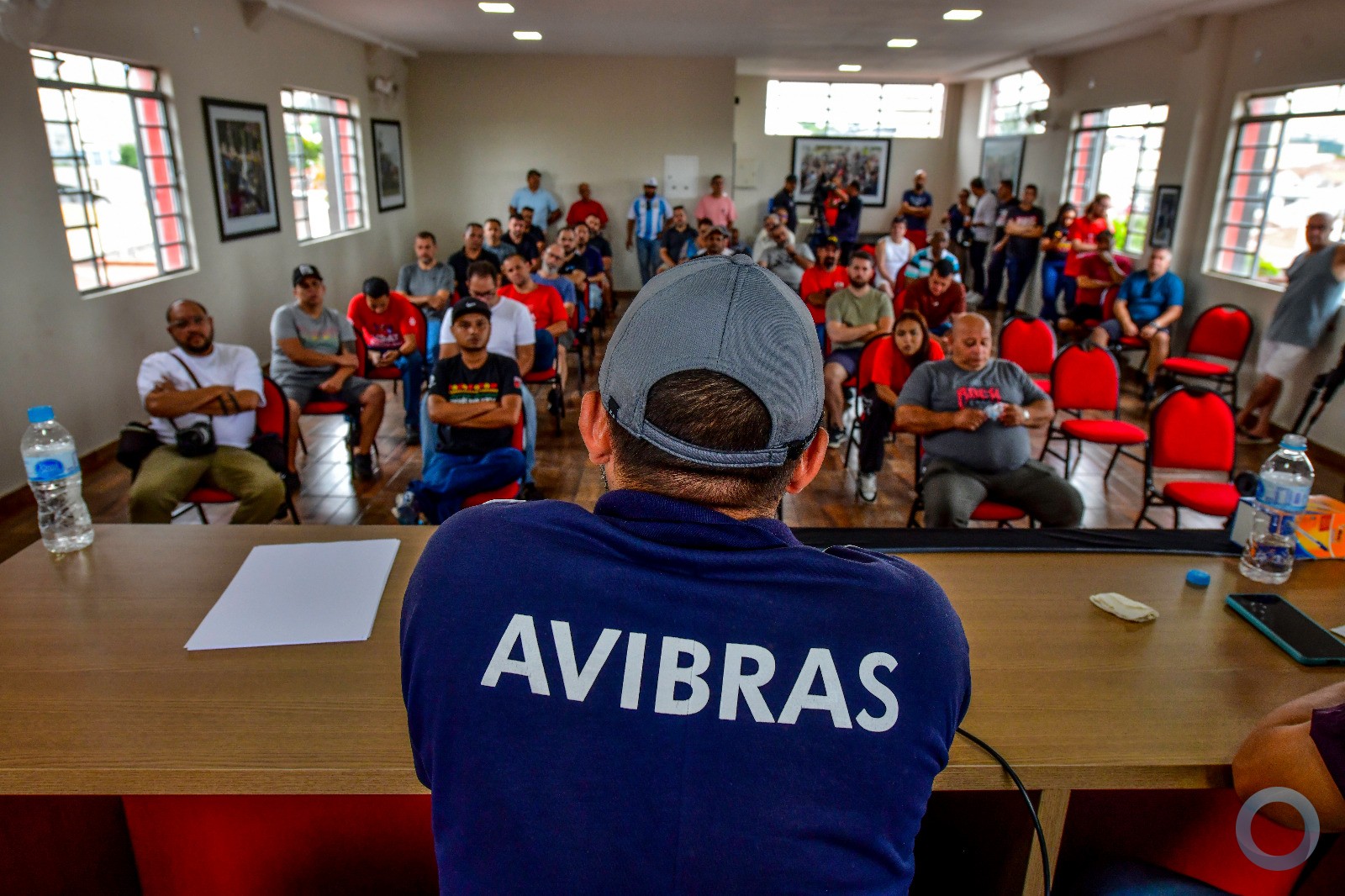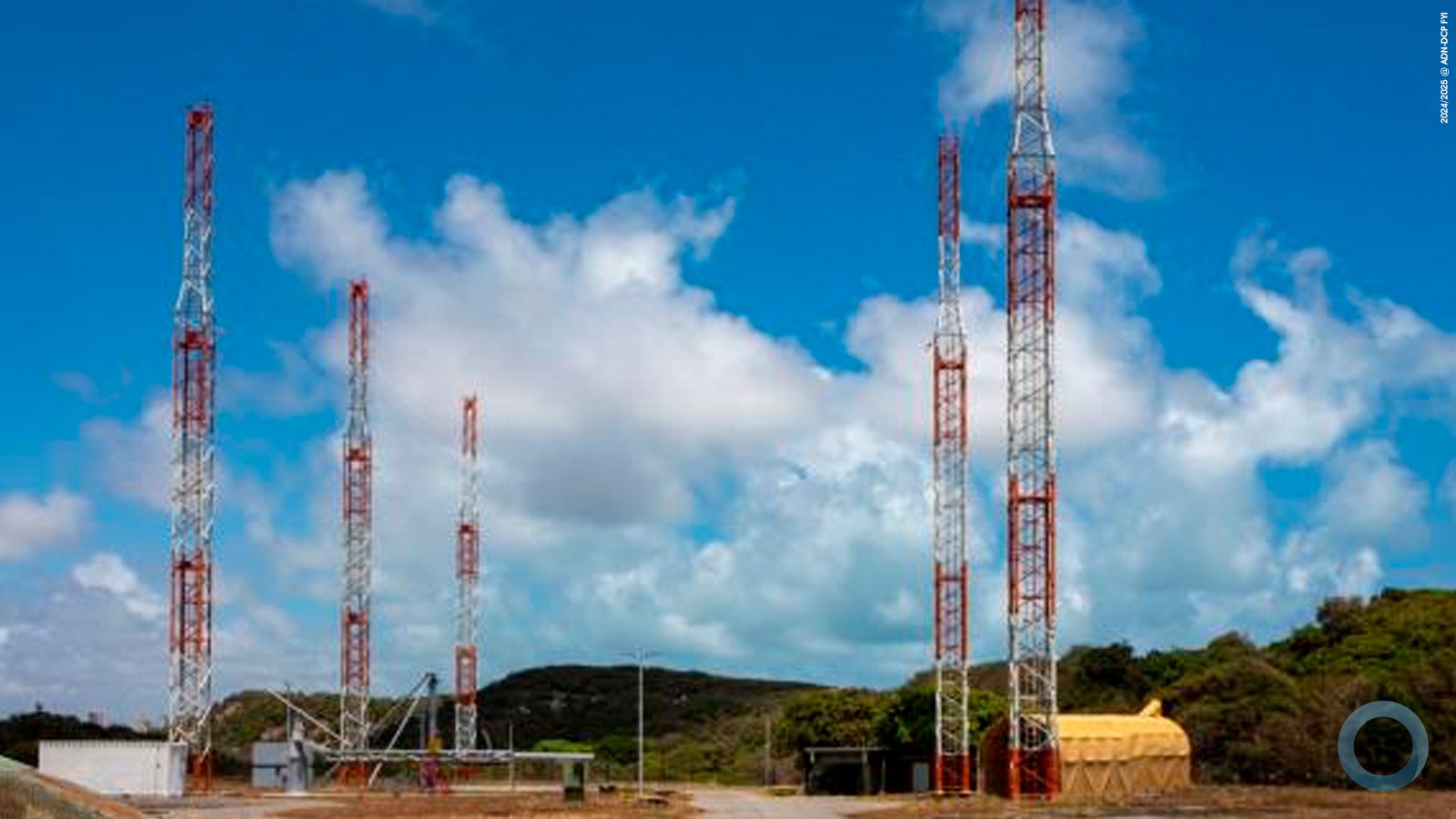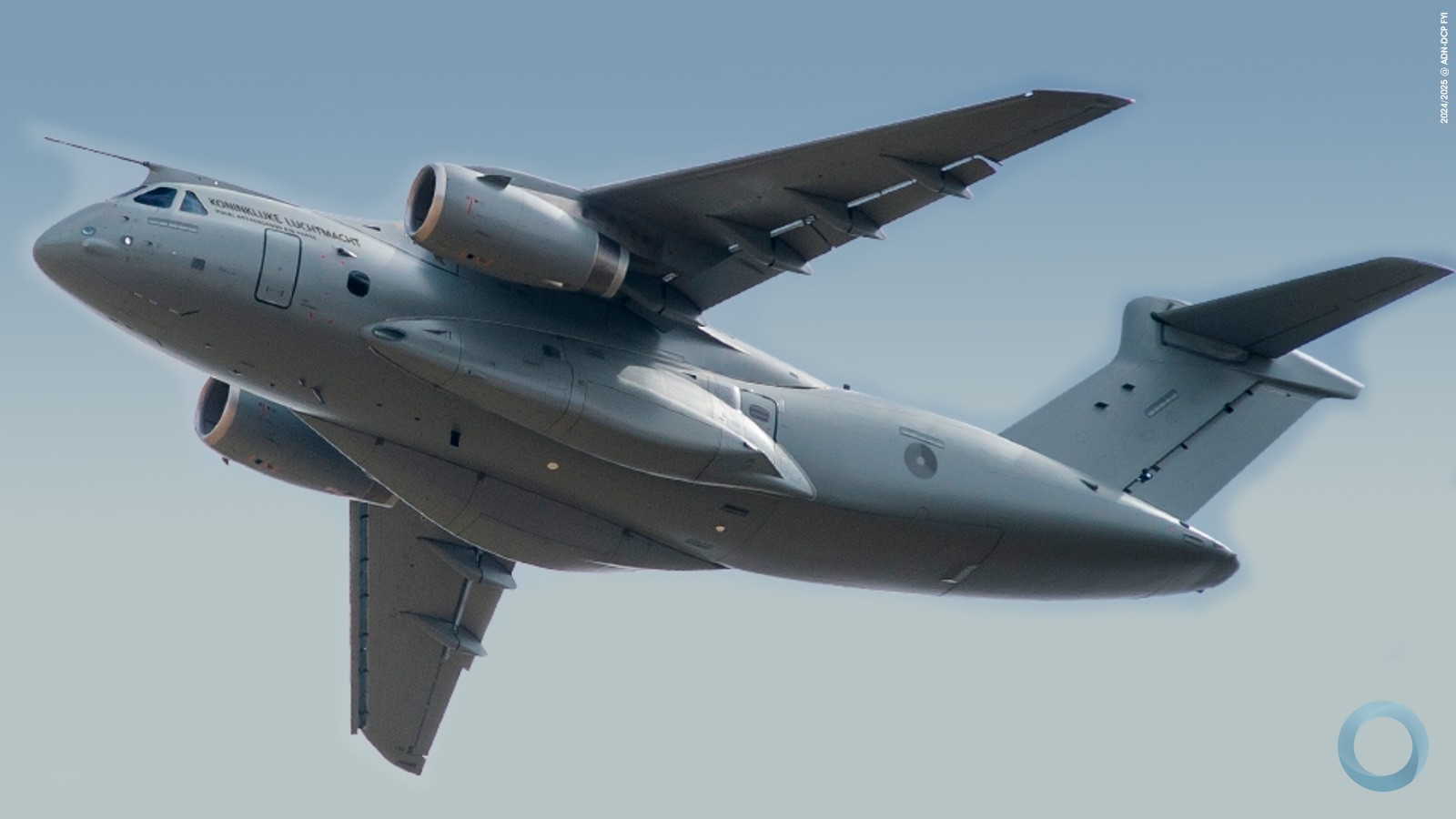Fincantieri, one of the world’s largest shipbuilding groups and reference player in the naval shipbuilding industry, and Finmeccanica, Italy’s leading manufacturer in the high technology sector, will build and equip the units set out in the renewal plan of the Italian Navy’s fleet.
In the framework of this plan, OCCAR (Organisation Conjointe de Cooperation sur l’Armement, the international organization for cooperation on arms) has signed the order of the contractual performance for the construction of six patrol vessels (PPA, or Multipurpose Offshore Patrol Ship), with four more in option, and for one logistic support unit (LSS or Logistic Support Ship) with the consortium (Raggruppamento Temporaneo di Impresa – RTI) consisting of Fincantieri, agent, and and Finmeccanica, through its subsidiary Selex ES, principal.
The value of the contracts for the seven units is approx. 3.5 billion euros, of which Fincantieri’s share amounts to approx. 2.3 billion euros and the one of Finmeccanica to about 1.2 billion euros.
The contracts provide different activation phases. Today OCCAR has started Phase 1 for the construction of the first PPA and the logistic support unit for a total value of 372 million euros, of which Fincantieri’s share amounts to 220 million euros and Finmeccanica’s one to 152 million euros. The activation of the next phases concerning the other units is expected to take place in the upcoming months.
The delivery of the logistic support unit is scheduled for 2019, while the first patrol vessel is expected to be delivered in 2021. The delivery of the following patrol vessels is planned for 2022, 2023, 2024 (two units) and 2025.
In general, this multi-year program for the renewal of the Navy’s fleet (known as the "Defence Act") will employ a total funding of 5.4 billion euros and foresees the construction, in addition to the aforementioned units, of one transport and landing unit (LHD) through a public contract with the Italian Ministry of Defence currently being finalized. In particular:
• one logistic support unit (LSS or Logistic Support Ship)
• six patrol vessels (PPA, or Multipurpose Offshore Patrol Ship) and four more in option
• one transport and landing unit (LHD or Landing Helicopter Dock)
The fundamental characteristic common to all three classes of ships is their high level of innovation providing them with a considerable degree of efficiency and flexibility in serving different mission profiles.
In particular, these are dual use vessels, meaning that they may be used for both standard military purposes and for civil protection and rescue at sea operations, and they also have a low environmental impact thanks to a state-of-the-art auxiliary propulsion system generating a low level of pollution emissions (electric engines) and biological waste control system.
The consortium (RTI) was established according to the cooperation agreement in the field of naval vessels construction signed last October between Fincantieri and Finmeccanica. Pursuant to the agreement, Fincantieri acts as a sole interface to the client, while allowing to enhance Finmeccanica’s products range in the naval field.
In addition to building the vessels at its shipyards, Fincantieri will provide support over the lifecycle of the vessels in the first ten years, through the supply of logistic services (training courses, spare parts, technical documentation) during the construction of the vessels and of ISS or In Service Support (maintenance services), carried out during post-delivery operations, as well as components and naval machinery produced by the Marine Systems and Components Unit, such as shaft lines, wheelhouse, maneuvering propellers, fin stabilizers and other handling systems, the automation system and a part of the special supplies for PPAs delivered by the subsidiary Seastema S.p.A.
Finmeccanica, through Selex ES, will act as prime contractor for all of the new naval units' combat systems. Selex ES will provide sensors, such as the new multi-functional radar, and will also take on responsibility for all subsystems, included those provided by OTO Melara, WASS, MBDA and Elettronica.
In addition, Selex ES and Fincantieri will develop together the innovative “Cockpit” system. This system will, for the first time ever, allow for the integrated management of sailing and combat system operations, using augmented reality to allow both functions to be effectively managed with fewer operators.
Fincantieri’s Chief Executive Officer, Giuseppe Bono, commented: "This program has a deep industrial value, in addition to the significant geo-political implications with the relaunch of Italy's role in the Mediterranean. Indeed, it makes it possible to raise the levels of employment and development of technological research not only for our group, but for all the subcontractors. I would like to mention that, as demonstrated in a study made by the Censis Institute, the shipbuilding industry is able to generate an economic impact in the subcontractor network up to almost four times the original investment, with an impact on employment equal to nine times the direct employees of Fincantieri. In addition, our Marine System and Components Unit will be revitalized too through the development of new high-tech products”. Bono concluded: "As always, Fincantieri is committed to provide our Navy with high quality products, developed using the latest technology, on time and on budget”.
Finmeccanica’s Chief Executive Officer and General Manager, Mauro Moretti, stated: “This important programme provides the opportunity to build on Finmeccanica's technological heritage in the naval sector. Through the development of products for the Italian Navy's new ships, Finmeccanica is able to further expand its capabilities in new high-technology naval combat systems, and in particular in key strategic areas such as sensors, multifunctional radar, and multi-sensor integration. These developments ensure that the Italian Navy's ships are at the cutting-edge of new technology, and at the forefront of the international market, where Finmeccanica has an established presence and is recognised by the customer.” Moretti concluded: "the commitment to this new programme confirms the intention of the company to further strengthen and invest in the high-technology naval sector”.
Vessel’s characteristics
LSS – Logistic Support Ship
The LSS is a vessel that provides logistics support to the fleet, endowed with hospital and healthcare capabilities thanks to the presence of a fully equipped hospital, complete with operating rooms, radiology and analysis rooms, a dentist’s office and hospital rooms capable of hosting up to 12 seriously injured patients.
The ship is capable of combining capacity to transport and transfer to other transport vessels used for liquids (diesel fuel, jet fuel, fresh water) and solids (emergency spare parts, food and ammunitions) and to perform at sea repairs and maintenance work for other vessels.
The defense systems are limited to the capacity of command and control in tactical scenarios, communications and dissuasive, non-lethal defense systems. The vessel is also capable of embarking more complex defence systems and becoming an intelligence and electronic war platform.
• 165 meters long
• speed of 20 knots
• 200 persons including crew and specialists
• 4 replenishment station abeam and 1 astern
• Capacity to supply drinking water to land
• Capacity to provide electricity to land with 2500 kw of power
• Possibility of embarking up to 8 residential and healthcare modules
• Capacity to perform rescues at sea, through recovery and seabed operations (the ship is equipped with an 30 tons offshore stabilized crane stabilized)
• base for rescue operations through helicopters and special vessels
Delivery is scheduled in 2019.
PPA – Multipurpose Offshore Patrol Ship
The multipurpose offshore patrol ship is a highly flexible ship with capacity to serve multiple functions ranging from patrol with sea rescue capacity to Civil Protection operations, and in its most highly equipped version, first line fighting vessel.
There will be indeed different configurations of combat system: a “soft” one for the patrol task integrated for self-defence ability, and a “full” one, equipped for a complete defence ability.
The vessel is also capable of operating high-speed vessels such as RIB (Rigid Hull Inflatable Boat) up to 11 meters long through lateral cranes or a hauling ramp located at the far stern.
• 129 meters long
• Speed of over 31 knots
• 171 persons of the crew
• Equipped with a combined diesel and gas turbine plant (CODAG)
• Capacity to supply drinking water to land
• Capacity to provide electricity to land with 2000 kw of power
• Possibility of embarking modular residential and healthcare zones
• 2 modular zones at the stern and at the center of the ship that allow the embarking of various types of containerized operating/logistic/healthcare modules (in particular, the stern area may receive and handle within a covered area up to 5 modules in ISO 20” containers, while the central zone may receive and handle up to 8 ISO 20” containers)
The PPAs will be built at the Integrated Shipyard of Riva Trigoso and Muggiano, with delivery expected, for the first vessel of the class, in 2021, while the following deliveries of the vessels will take place in 2022, 2023, 2024 (two units), and 2025.







